TABLE OF CONTENTS
If you want to get the best yields from your indoor cannabis garden, check out our list of 10 great marijuana grow lights on Amazon.
Cannabis grow lights are a critical factor in any indoor garden. Lights stimulate photosynthesis for healthy plant development and growth. Choosing one that fits your budget and indoor needs can be difficult.
That's why we've assembled a handy list of fluorescent, LED, and HID grow lights that are affordable, easy to install and use, and all found on Amazon! Even if you don't buy from Amazon, you'll appreciate the reviews when you make your decision at your local shop.
HID Marijuana Grow Lights
1. Sun System HPS 150 Grow Light
Sun System brings you this compact HID light fixture, perfect for small spaces. Its 150-watt HPS bulb can produce an incredible 16000 lumens. Reflective aluminum inserts provide exceptional lighting while vented housing reduces the heat produced by the bulbs.
The kit comes with two v-hangers and a complete ballast assembly built into the reflector for easy setup. It’s ideal for a 2’ x 2’ growing area. This kit comes with a 2-year manufacturer's warranty on the fixture and a 1-year warranty on the lamp.
2. Yield Lab Cool Hood Reflector Grow Light
If you're a complete beginner, Yield Lab’s 400-watt grow light kit is the best way to get your garden started. Not only are they powerful but they're also easy to install and use.
The kit comes with a Slim Line ballast standard featuring a slim design and larger heat sinks for better cooling compared to its competitors.
Its Super Lumens feature delivers a lighting boost when needed. Bulbs can be dimmed from 50 to 100% of the power.
These cannabis grow kits come with either one HPS bulb or an HPS and MH bulb. The air cool hood reflector features 6” duct ports on each side for ultimate cooling with a small fan (not included).
3. Gavita Pro 6/750E Marijuana Grow Lights
Gavita brings you a complete and compact fixture featuring a ballast and replaceable reflector for easy setup. The double-ended HPS lamps are some of the most efficient in the market. Gavita gives you the power to dim down to 375 watts in a gradual manner to protect the lamp.
These fixtures are perfect for a 15 square foot garden. All E-Series models can be remote-controlled by the Gavita Master Controllers, eliminating the use of timers and contactors. Now, that’s convenience! Plus, you get a 1-year warranty on the lamp.
Fluorescent Marijuana Grow Lights
4. Durolux T5 HO Grow Lights
For high light output at an affordable cost, check out Durolux’s T5 grow light. It offers 30% more light output than its competitors. This 4-foot 8-lamp fluorescent grow light is easy to set up. Just plug in and start growing. It’s that easy.
This kit comes with 8 6500K bulbs, hanging hooks and chains, and an 8-foot power cord. 2 switches on the body enable you to dim 4 inner or outer bulbs based on your needs. Best of all, it comes with a 5-year warranty.
5. VIVOSUN T5 HO Fluorescent Grow Lights
Get 5000 lumens per bulb of intense lighting with VIVOSUN’s T5 high-output grow light system. VIVOSUN’s fixtures come with 2 on and off switches to control the color spectrum. A highly reflective surface offers superior lighting while using less energy.
The cannabis grow kit comes with 2 hanging cables for each corner and an 8-foot grounded power cord. Each bulb is rated for 20,000 hours of use under optimal conditions. Plus, it comes with a 1-year warranty for lamps and a 2-year warranty for the fixture.
6. Hydrofarm Agrobrite T5 Grow Lights
Hydrofarm’s Agrobrite T5 fixture gives you the option to hang the fixture horizontally, vertically, or overhead depending on your needs. Its high output bulbs provide great light intensity at an affordable price. Its 6400K spectrum is rated for 20,000 hours of use.
Hydrofarm’s grow light kit comes with everything you need to get started. It includes a 10-foot grounded power cord and eight T5 tubes capable of producing up to 40,000 Lumens. Its low-profile, powder-coated steel housing provides incredible light distribution.
LED Marijuana Grow Lights
7. KingLED Newest LED Grow Lights
KingLED newest LED grow lights emit a full spectrum of light to stimulate photosynthesis and bud production when needed using the newest Samsung LM301B LEDs. High-speed mute fans and upgraded aluminum radiators reduce lighting time and promote plant growth.
The system’s signature 10x optical condenser increases PPFD by 4-5 times compared to traditional plant lamps. The King Plus series of grow lights use two Epistar chips in a single diode, resulting in a 10 watt diode that penetrates deeper into the canopy than a single 5 watt chip light. Enjoy a 90 day return period and 3 year warranty for peace of mind.
8. VIPARSPECTRA LED Marijuana Grow Lights
For some of the best LED grow lights around, turn to VIPARSPECTRA. These grow lights offer full-spectrum lighting for all stages of the cannabis plant cycle. The system features VEG and BLOOM switches to accommodate lighting needs for each stage.
Aluminum cooling heat sinks and a high-speed quiet fan is the perfect way to keep heat levels down. These lights are perfect for a 2.5’ x 2.5’ grow area. Every purchase comes with a 3-year warranty and a 30-day money-back guarantee.
9. Philzon 2020 Pro Series LED Grow Light
If you're looking for grow lights for a large garden, the Philzon 2020 Pro Series LED lights are right for you. Highly efficient SMD LEDs offer greater light intensity, more Lumens and PAR values, and less light decay than the rest.
Its dimmable full-spectrum design allows you to grow cannabis during all stages of growth. Its waterproof power supply is perfect for growing in humid environments. It comes with a three-year warranty and a 30-day money-back guarantee.
10. Advanced Platinum Series 12-Band LED
Advanced Platinum’s Series 12-band LED grow light has an outstanding PAR and Lumen output, up to 2 to 3 times more than any other similar LED grow light. Its 12-band full-spectrum lighting is versatile enough to handle the vegetative and flowering stages.
Its VEG and FLOWER switches come with a high-speed fan and aluminum heat sinks for better cooling. It’s the ideal LED light for 4.5’ x 4’ gardens. Enjoy a 5-year warranty and 90-day satisfaction or return guarantee.
Marijuana Grow Lights FAQ's
What type of grow lights are best for growing cannabis?
Your setup and goals determine the ideal grow lights. Small-scale growers prefer LED lights because they waste less energy and emit less heat. HID lights like HPS and MH are preferred for larger operations due to their intensity.
How much light does a cannabis plant need?
Cannabis plants need 18-24 hours of light each day during vegetative and 12 hours during blooming. Due to strain and grower setup, the amount can vary.
Can I use regular household LED bulbs to grow cannabis?
Regular LED bulbs are good for seedlings or supplemental lighting, but not for the complete growth cycle. For maximum development and productivity, use specialized grow lights.
How far should grow lights be from cannabis plants?
Distance depends on light kind and growth stage. Due to heat output, HIDs may need 24-36 inches away from plants, however LEDs can be positioned 12-24 inches away.
How long should I keep the grow lights on each day?
Lights are on 18–24 hours a day during vegetative stage. They switch to a 12/12 cycle during flowering.
Do different stages of growth require different types of grow lights?
Some growers employ separate light spectrums for vegetative and flowering stages, while not required. Flowering favors red spectrum lights, while vegetative growth favors blue.
What is the difference between full-spectrum and targeted-spectrum grow lights?
Full-spectrum lights simulate sunlight and offer colors for all growth stages. However, targeted-spectrum lights have wavelengths suitable for different stages.
Become a Master of Marijuana
Do you want to know more about the lighting needs of cannabis plants? Do you want to learn more ways to optimize your indoor garden?
“
There are over 300,000 jobs in the cannabis industry. CTU trained me for one of them!

Makes $24.50 @ THC +
Enroll in Cannabis Training University today!
Getting cannabis industry certified by the most renowned cannabis university in the world is the best way to learn about cannabis cultivation and the industry, in general.
Optimize your indoor marijuana garden for better yields, flavor, and aroma with cannabis education from CTU!
*Disclaimer
Some of the links in this article if you click through and make a purchase from may result in a commission from Amazon for us. We appreciate it and thank you for your support and wish you the best with your cannabis garden!

Luis Cordova
Luis Cordova is a distinguished author, and renowned expert in cannabis cultivation, who possesses a Master's degree in Plant Biotechnology and Pharmaceutical Science. As a valued contributor to highly esteemed publications such as Cannabis Training University and Maximum Yield Magazine, Luis has emerged as a trusted source of guidance and knowledge in the cannabis industry. Having written thousands of informative articles, Luis is widely recognized for his comprehensive expertise on cultivating cannabis, both indoors and outdoors.


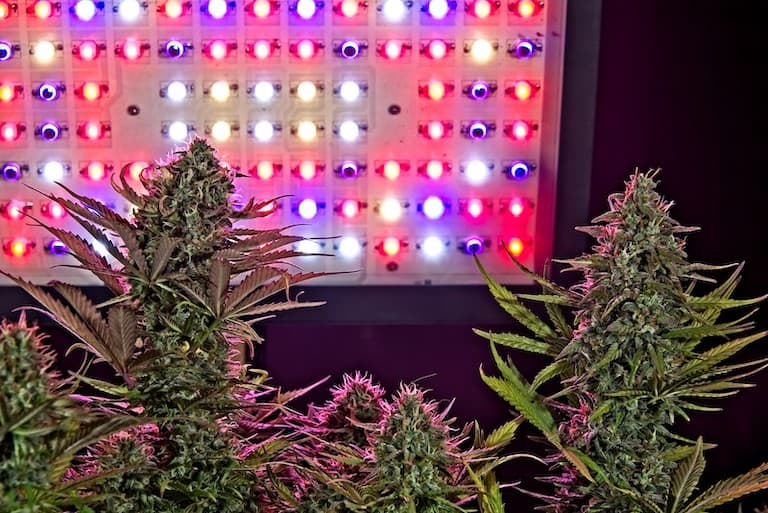
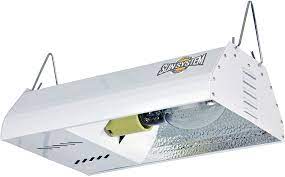
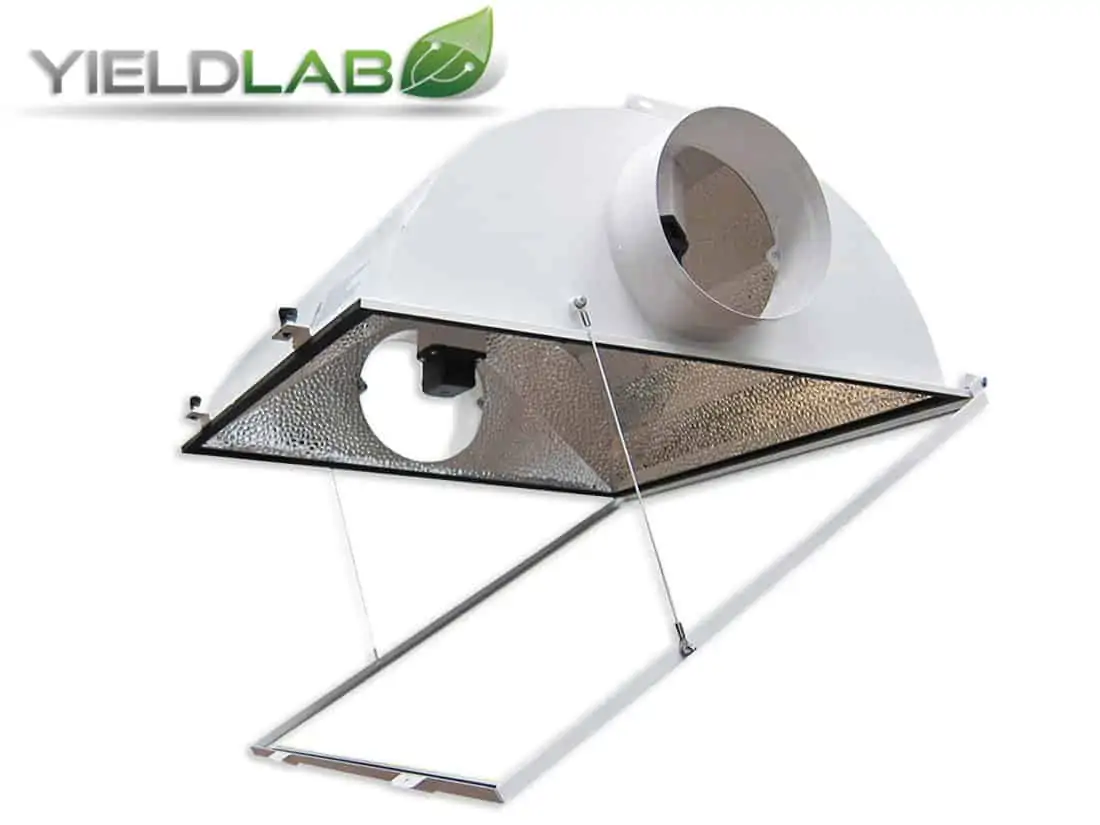

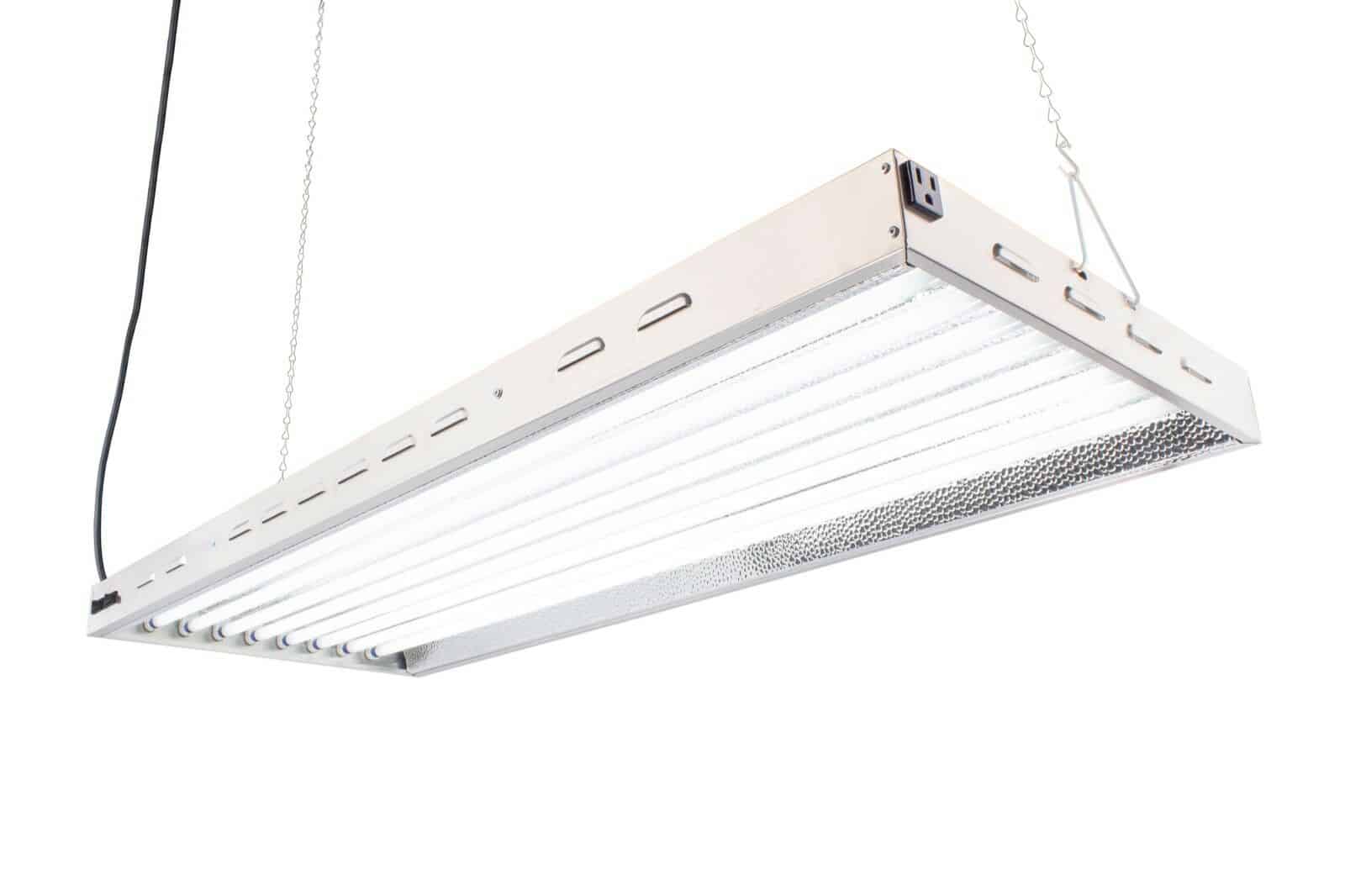
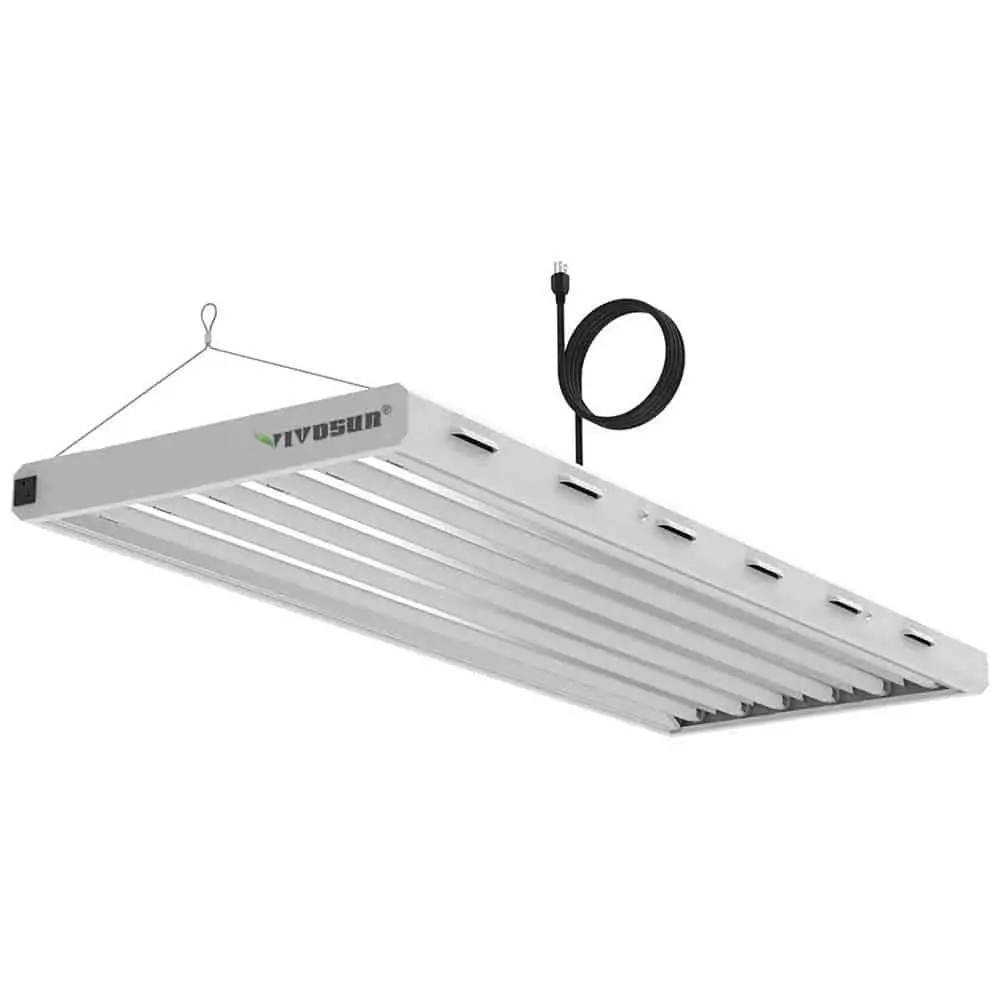
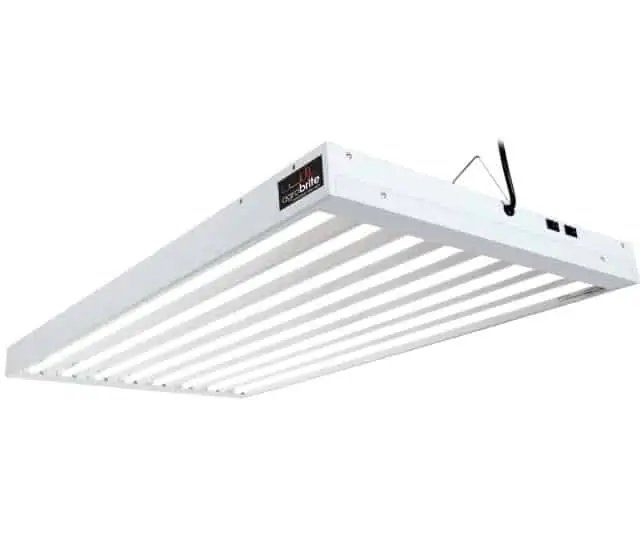
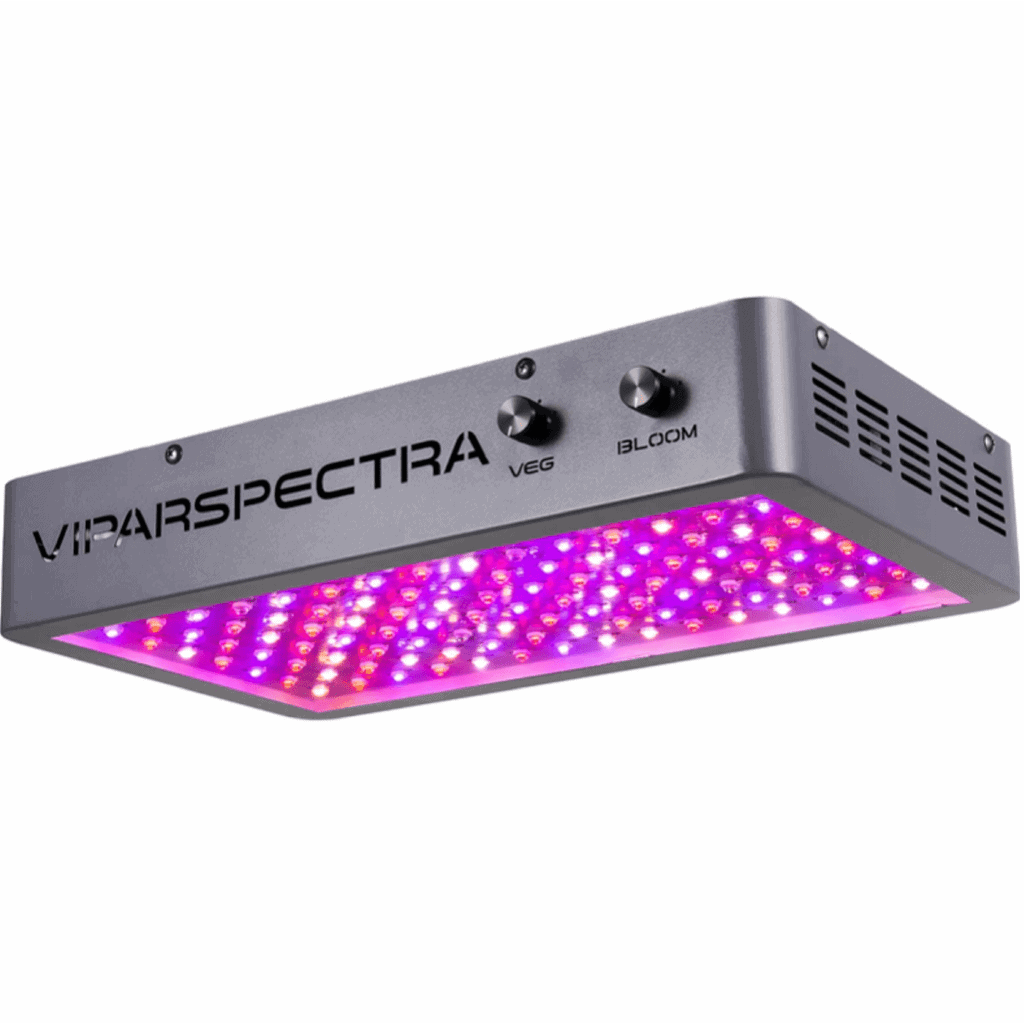
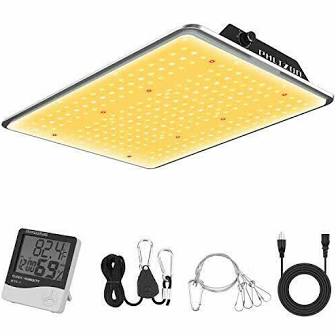
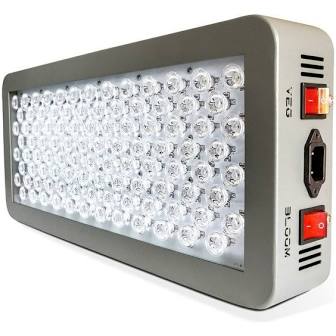






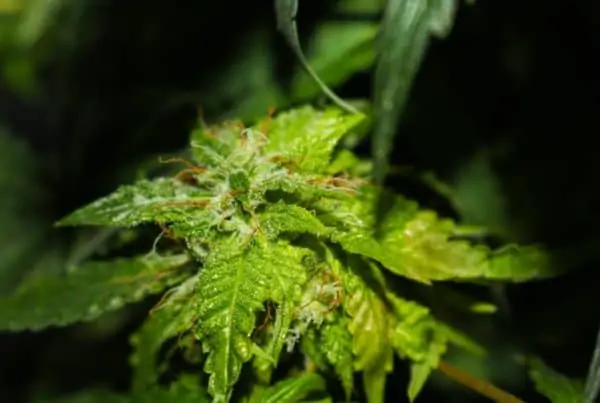
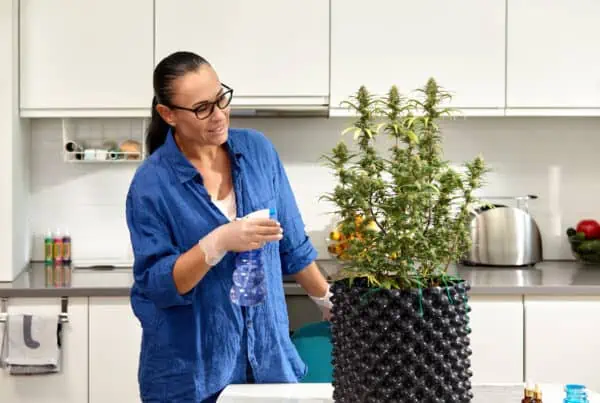

 Jeff was involved in an accident where he endured a traumatic brain injury. He had a week-long stay in ICU where brain surgeons
Jeff was involved in an accident where he endured a traumatic brain injury. He had a week-long stay in ICU where brain surgeons  100% risk free money back guarantee within 48 hours after purchase if student has not completed any of the courses or exams.
100% risk free money back guarantee within 48 hours after purchase if student has not completed any of the courses or exams.